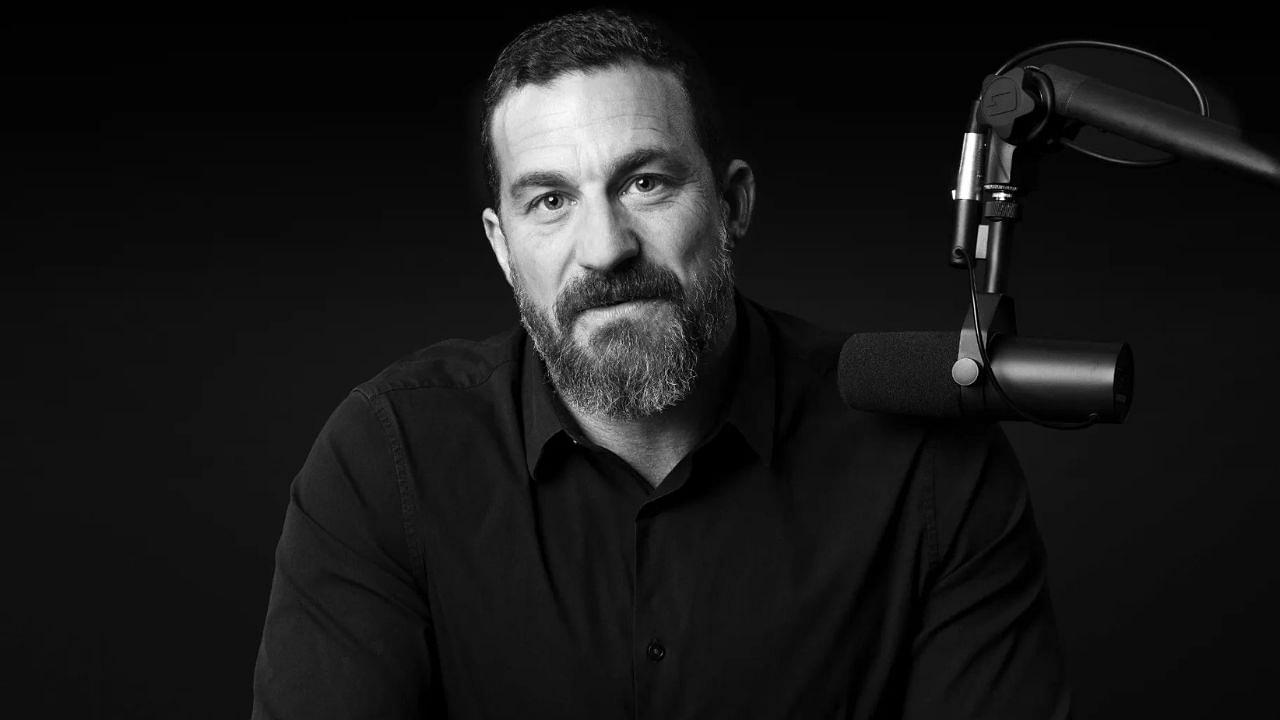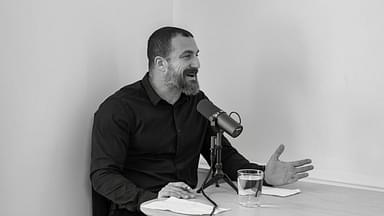For the longest time, sunlight has offered immense benefits to the human mind and body. Neuroscientist Dr. Andrew Huberman has often raved about the positive effects of sunlight exposure during the day. Now, the Stanford professor has more to add, keeping in mind both day and night.
In his recent podcast with physician Dr. Peter Attia, Dr. Huberman reveals scientific observations on how daytime sunlight and nighttime dark exposure affect the human mind. In particular, the neuroscientist wanted to highlight the impact it had on certain mental disorders like acute depression, anxiety, bipolar tendencies, and so on.
Going outdoors was the first step to receiving any form of perks from the sun. Unlike popular belief, one couldn’t obtain the same effects by staying indoors with their windows open. Therefore, going outside, even if it was overcast, was crucial to the test.
Dr. Huberman then delves deep into the study, explaining that going outdoors improves one’s mood, sleep quality, and the sleep-wake cycle. The scientific paper that he presented looked at a group of individuals who experienced major depressive disorder, generalized anxiety, PTSD, bipolar disorder, and more. An excerpt from the study read:
“Avoiding night at light and seeking light during the day I love that word seeking may be a simple and effective non-pharmacologic means for broadly improving mental health.”
This also led to the neuroscientist’s next point – making it dark during the night. Nighttime dark exposure was crucial for setting the sleep cycle in place, which in turn promoted mental well-being. Dr. Huberman recommended a time ranging between 10 PM – 4 AM, where he suggests individuals turn the lights down low throughout the period.
“Do your best to make it as dark as possible, while still maintaining safety. And of course, it’s great to go out and/or stay up late every now and again.”
While these tips work for someone living in locations with regular sunlight, there’s a different set of rules for exceptional cases. People living along the poles may not always receive sunlight along a normal schedule. In such cases, Dr. Huberman provided alternate routes.
Andrew Huberman recommends artificial lights for special scenarios
In places where the sunlight doesn’t show up for long periods extending up to months, the neuroscientist recommends making the environment as bright as possible with whatever sources are available. This might not work as well as the sun, but it affects the body in a similar way.
View this post on Instagram
Dr. Huberman also recommends the ‘Tuo Lamp’, a specialized device developed by a biologist at the University of Washington. This lamp uses alternating light sequences to affect the sensitive parts of the vision. Since it is ground-breaking technology, especially for those who widely use sad lamps, the neuroscientist is excited about the cause. With his plans to promote more daytime light and nighttime dark exposure, Dr. Huberman advances the path of promoting mental well-being one step at a time.





